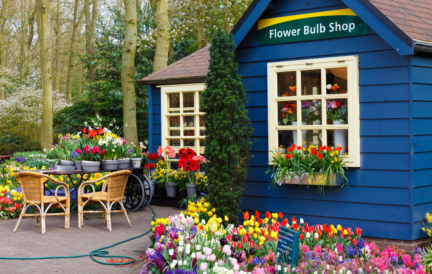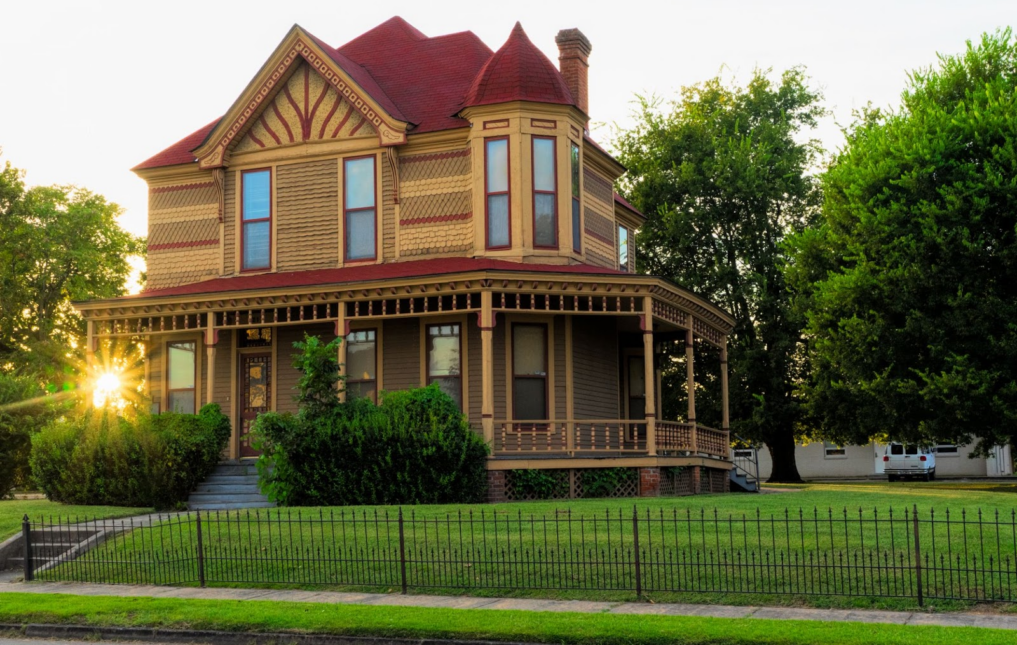Historic homes brim with a character that’s difficult to replicate in modern homes. The timeless beauty of historic homes is appealing to many home buyers. It’s hard to wander through the streets of a historic neighborhood and not daydream about all the events these homes have lived through. When you buy a historic, you become part of its story, not the other way around. Could your family play a role in the lifespan of a historic home?
But historic homes come with issues that modern homes don’t. Buyers need to be aware of the maintenance considerations before committing to searching for historic homes for sale.
Madison’s Historic Districts
Madison has no shortage of historic homes. A few local properties are famous. The city hosts five unique historic districts, each carrying a different legacy. They define the city of Madison.
Mansion Hill Historic District
In the 19th century, Mansion Hill was home to Madison’s elite. It sits in a residential neighborhood just north of downtown Madison. The district is filled with Victorian Homes built by some of Madison’s pioneering entrepreneurs.
Third Lake Ridge Historic District
This historic district encompasses the oldest section of Marquette. This area is infamous for historic mansions that stand among modest historic buildings: cottages, churches, corner stores, and even a tobacco warehouse.
University Heights Historic District
This area was first developed in 1893, making it one of Madison’s first suburbs. National recognized architects like George W. Maher, Frank Lloyd Wright, and Louis Sullivan designed homes in this area. As a result, the architecture showcases a mix of Queen Anne, prairie style, and period revival homes.
Marquette Bungalows Historic District
47 houses make up this quaint historic district. Compared to many mansion-based historic districts, the homes in this area are modest. But what they lack in square footage they make up for in character. The bungalows are similar in size and shape but each home has creative detailing. Wood floors, craft woodwork, leaded glass windows, and stained glass are a few of the features these homes showcase.
First Settlement Historic District
Located southeast of the square, this historic district’s first construction was a log boarding house. Eben and Rosalie Peck built the boarding house in 1837 to accommodate the laborers who built the first state capitol. By the end of the nineteenth century, the neighborhood was sprinkled with stately brick residences.
Pros of living in a Historic Home:
Character and charm
Every historic home is definitively unique. But they all have one thing in common: attention to detail that is rarely seen in modern homes. Historic homes have character and an undeniable coziness.
Be a part of history
It can be thrilling to own part of history, especially for any architecture nerds or history buffs out there. When you buy a historic home, it’s more than an investment. It’s a passion project that can fuel hobby and community.
You’re part of a community
Living in a historic district means that you and your neighbors will have something in common: a desire to be a good steward of history. Owning a historic home means committing to preservation, sometimes at personal expense. It’s valuable to be part of a community of people who understand both the joys and tribulations of the experience.
Potential tax incentives
Historic home buyers should look into the Historic Tax Credit (HTC). This can provide you with a tax credit for renovating a historic building. Historic preservation easements can also ease your tax burden.
Historic districts hold their value
Well-preserved homes in historic districts can outpace newer homes in value increases. Historic homes have survived fleeting design trends, and are known to stand the test of time. And conveniently, most times historic districts are located in the most desirable neighborhoods. At least in Madison, all our historic districts are centrally located.
Cons of owning a historic home:
Potential costly repairs and renovations
Most historic homes are at least 50 years old. If the house hasn’t been properly preserved, there is the potential for major maintenance. You may need to replace the roof or plumbing. Electrical work should be examined. Before purchasing, be sure to order a thorough inspection so there are no surprises. If the home was built before 1978, have it checked for lead paint and asbestos. Weigh the pros and cons of having to address these issues.
Structural issues
Water is a homeowner’s worst enemy. Madison sees an average of 36 inches of rain and 42 inches of snow per year. Be sure to examine how that dampness has impacted the structural integrity of your historic home. We recommend hiring a structural engineer to assist your home inspector.
Struggle to find contractors who work on them
For any maintenance or repairs, you will need to hire a contractor with experience working with historic homes. This can be a more expensive hire than your average general contractor if you can find one. There is a nationwide labor shortage for contractors, so it can be hard to find any trusted general contractor, much less one with a specialized niche.
Expensive insurance
Older homes have the potential for needing more maintenance. It’s just a fact. And unfortunately, insurance companies aren’t blind to this reality. Many insurance companies are hesitant to offer historic homeowner policies. That doesn’t mean you can’t find someone who insure you. There are insurance companies out there that specialize in this kind of thing. But it’ll cost ya.
Have to consult with the Landmarks Commission to change anything about aesthetics.
To change anything about your home’s exterior you must receive written permission by the Madison Landmarks Commission. There is an extensive permitting process for construction or changes to the home. Think of it kind of like an HOA.
Ready to search for historic homes in Madison?
Ready to become part of history? Click here to search for historic homes for sale in Madison. Give us a call when you’re ready to see something in person.
Categories

Real Estate Insights
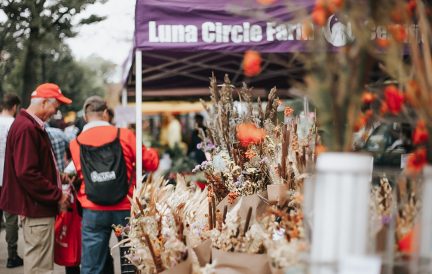
Around Town
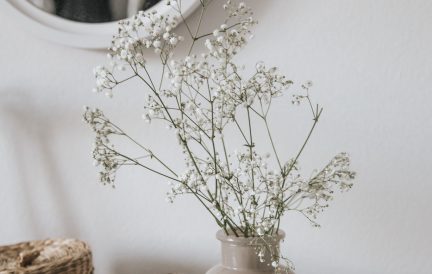
Home Design
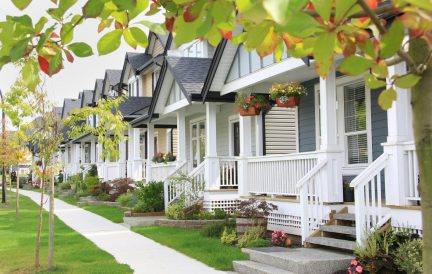
Neighborhood Spotlights

Buying & Selling Tips
Uncategorized
Recent Posts

Embrace the Buzz-Free Zone: Plants that Naturally Keep Bugs Away Outdoors!

7 Outdoor Patio Dining Gems in Madison You Must Experience
